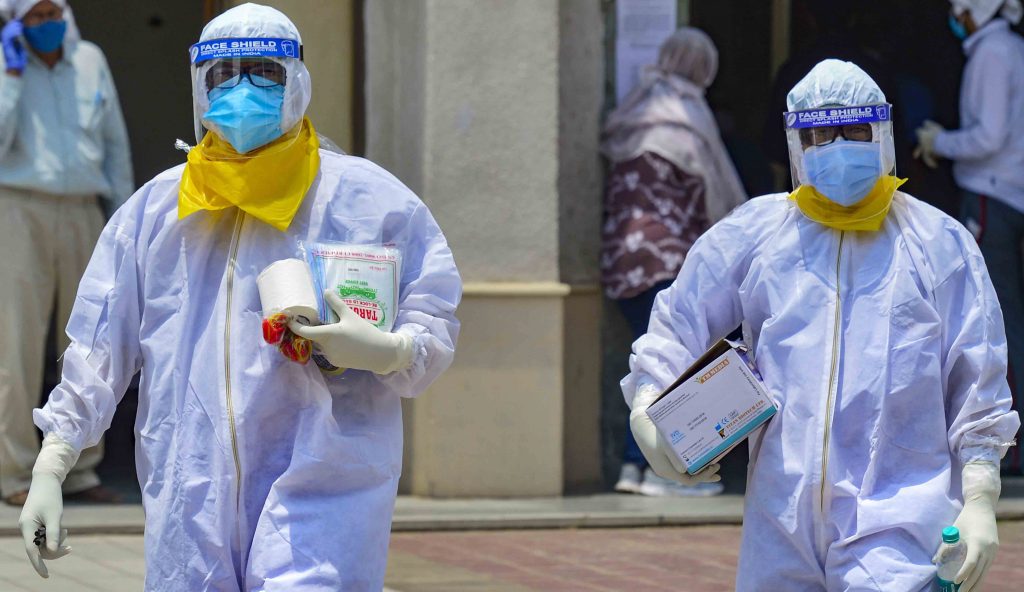London: A person who demonstrates symptoms of COVID-19 is four times more likely to pass the virus on to others than someone who remained asymptomatic. The highest risk of infection comes from sharing a home with an infected individual, according to a statistical analysis of dozens of contact-tracing reports. The study conducted by Imperial College of London underscores the need for people to isolate themselves as soon as they develop signs of COVID-19.
The researchers also found that households have the highest transmission rates among indoor settings. Chances of getting infected are comparatively less at workplaces and casual social spaces. The report said that the chance of one family member infecting another becomes significantly higher if the duration of exposure is more than five days.
“This analysis provides some of the first evidence that asymptomatic infections are substantially less infectious than symptomatic cases. It also reinforces growing evidence of the importance of household transmission, especially in the context where symptomatic cases are not isolated outside the home,” said Imperial College professor Neil Ferguson. It was Ferguson’s suggestions that led to the UK government announcing a lockdown to stop transmission.
The study was based on a meta-analysis – a uniform statistical review – from 45 contact-tracing studies from around the world published till mid-July. “Where the initial case was asymptomatic, the secondary attack rate was estimated to be two thirds lower than when the index case had symptoms,” Imperial College’s MRC Centre for Global Infectious Disease Analysis said in a statement.
Asymptomatic transmission has been seen as a particular challenge in stopping the spread of COVID-19 since contact-tracing efforts often fail to identify the index patient, who may not have had any signs that they were infected when they passed the virus on.
“The differences we observed in transmissibility by symptom status of index cases and duration of exposure have important implications for outbreak control strategies, highlighting how contact tracing, testing and rapid isolation of cases will be crucial,” said lead author Hayley Thompson.
The authors also calculated chances of infections in different settings. Among workplace contacts, they found three studies showed there was a 1.9% chance of a secondary infection in an office. In healthcare-based contacts — exposures in hospitals, clinics etc – the researchers found a secondary attack rate of 3.6% of all contacts of the average index patients.
In social settings, which included people exposed while travelling, at religious events, fitness classes, whilst shopping or at entertainment venues and other social events with family and friends, the pooled attack rate came to about 1.2%.
